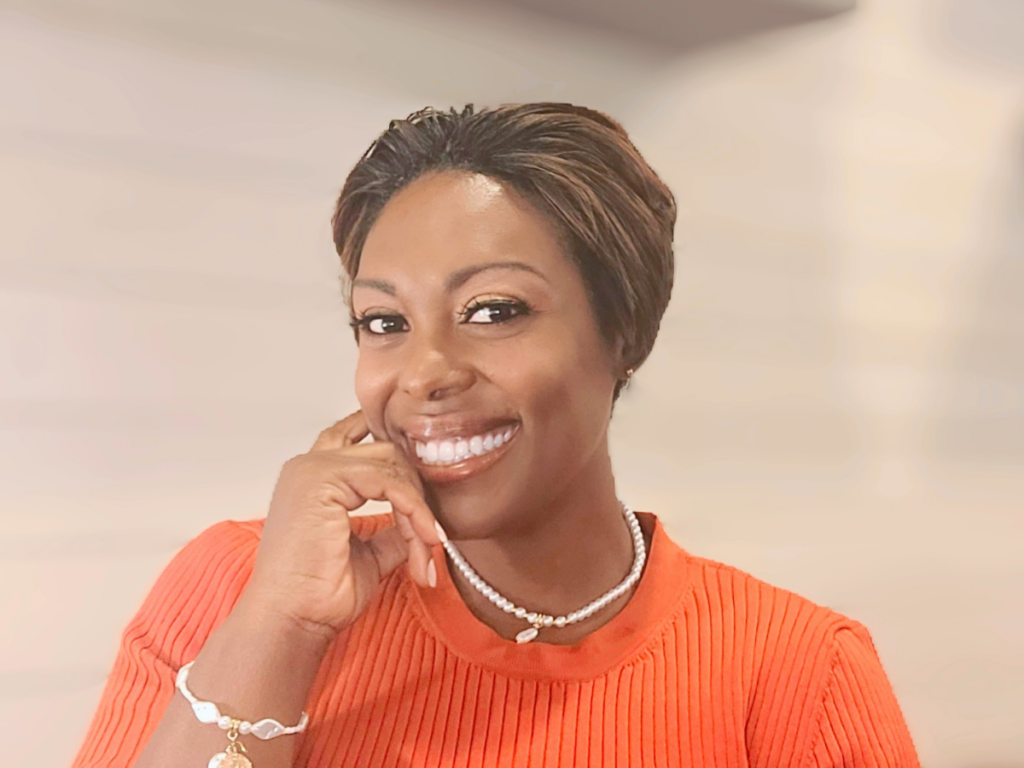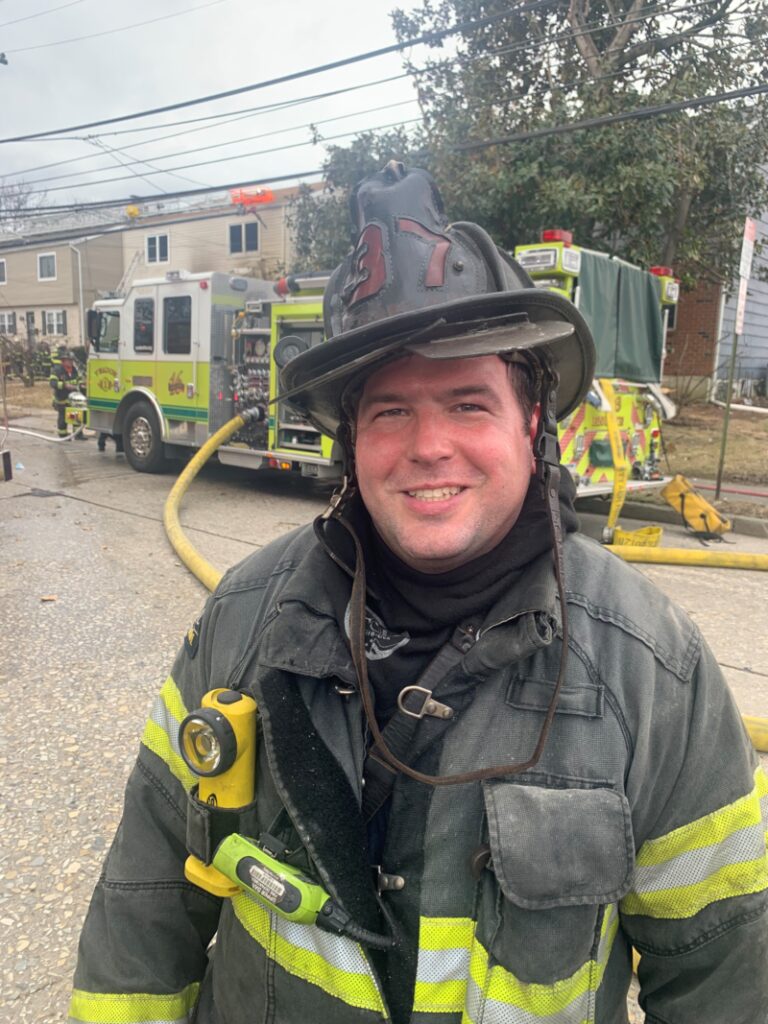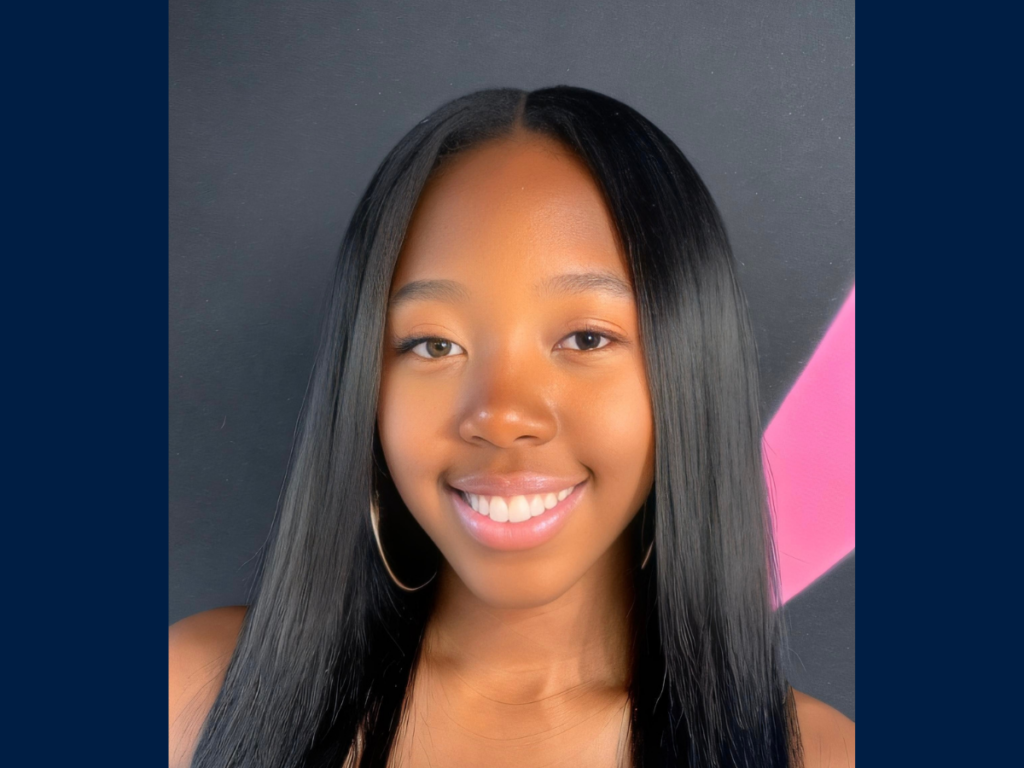The other day I was walking through Target when I came across a display that stopped me in my tracks. Stomach fluttering, heart racing, I saw the inevitable: the back-to-school section. Notebooks and binders and colored pencils and erasers and calculators (really, the list could fill a whole page) were bearing down on me, reminding me that the new school year will start in just a few short weeks. As a teacher by profession and also a Penn State World Campus student, my mind started creating checklists of all the things I need to do to prepare for teaching and taking classes. Naturally, my mind went to my bookshelf, remembering my go-to, back-to-school books for elementary students. Below are a few must-haves that will get the school year off to a great start, no matter what stage you are in preparing for a return to school!
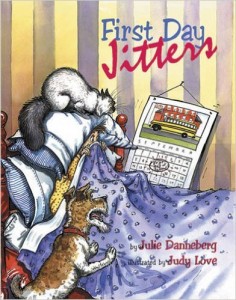
First Day Jitters by Julie Danneberg
This book is a first-day staple in the elementary classroom. The story begins with Mr. Hartwell trying to convince Sarah Jane Hartwell to get out of bed and go to her first day at a new school. Sarah complains, whines, and drags her feet — arguing that her day will be just awful and she’d rather stay home. Upon arriving at school, Sarah meets the principal, who helps calm her nerves. Both child and adult readers will be able to relate to Sarah’s uneasy feelings on the first day of school and find amusement in the book’s surprise ending.
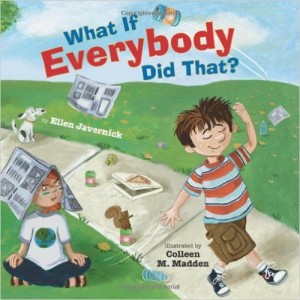
What If Everybody Did That? by Ellen Javernick
My second-grade students adore this book. The story follows a young, reckless boy who does seemingly careless acts, such as throwing a can of pop out a car window or racing his shopping cart around a grocery store. After each incident, the boy is asked, “What if everybody did that?” followed by an illustration of the boy imagining how different the world would be if everybody did the same careless acts that he did. In the end, the boy imagines how amazing the world would be if people acted for the good — following rules and caring for each other.
Every year I read this book during the first week of school, and every year I have a few students who will remind their classmates of it as the months tick by. It is one that resonates with children and helps them figure out good versus poor decisions on their own.

More than Anything Else by Marie Bradby
This is a fictional story of Booker T. Washington’s childhood. In the story, Booker wants to read “more than anything else.” Although he does intense work shoveling salt with his brother and father during the daytime, he works even harder at night by practicing the alphabet and learning to read. The story is ideal for showing young children and adults the importance of working toward one’s dreams and persevering despite difficult circumstances.
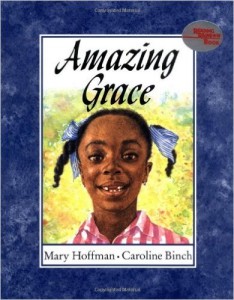
Similar to More than Anything Else, Amazing Grace is a great book to use when talking about hopes and dreams with students at the beginning of a school year. In the book, Grace loves hearing stories and acting as different characters at home. When she learns her class will put on Peter Pan she is ecstatic — she wants to play the part of Peter! To her extreme disappointment, however, her classmates are not so enthusiastic, telling her things like, “You can’t be Peter — that’s a boy’s name!” After talking with her Ma and Nana, Grace finds the courage to try out for Peter Pan despite her classmates’ remarks. Read to find out if she got the part!
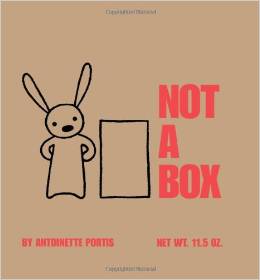
Not a Box by Antoinette Portis
I use this book to help encourage creativity and playfulness during the first week of school. In the story, a rabbit shows the reader that a box can be anything you want it to be (a race car, a spaceship) by using one’s imagination. The kids pick up the pattern of the story after just a couple pages and enjoy saying it aloud with me, helping to develop a sense of community early in the year. After reading the story, I present students with a piece of paper with a squiggle on it, saying it is “not a squiggle.” They then go off on their own and create their own picture of what the squiggle really is. It’s a fun, short story that helps promote the importance of using one’s imagination.
Although primarily geared toward early elementary students, these picture books can be used across grade levels. Gathering to read a picture book — or two or four or ten — in the early weeks of school helps set the tone for the rest of the school year. It’s a time to think, process, converse, and learn together. What could be better than that?
Good luck and happy reading!
Emily Kilgore is pursuing her Master’s Degree in Children’s Literature from Penn State World Campus. She is an elementary school teacher in North St. Paul, Minnesota.

